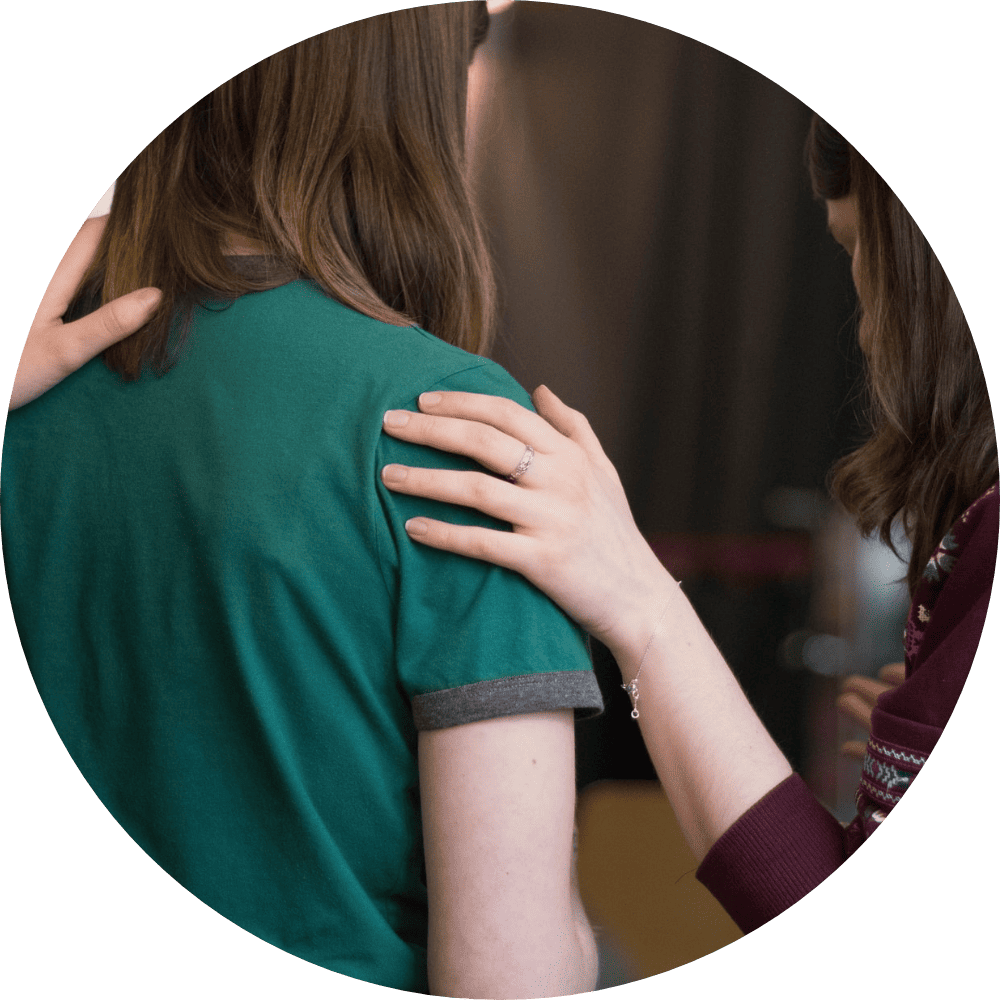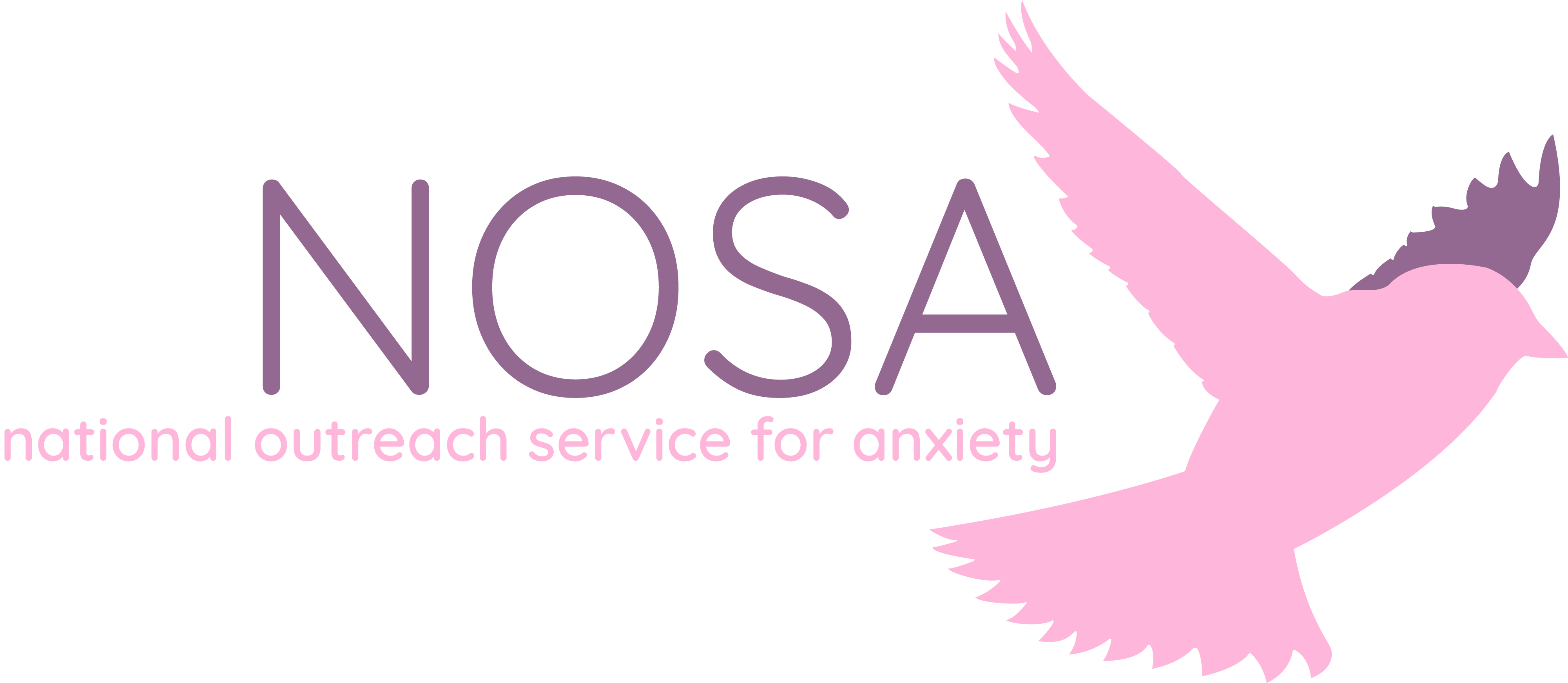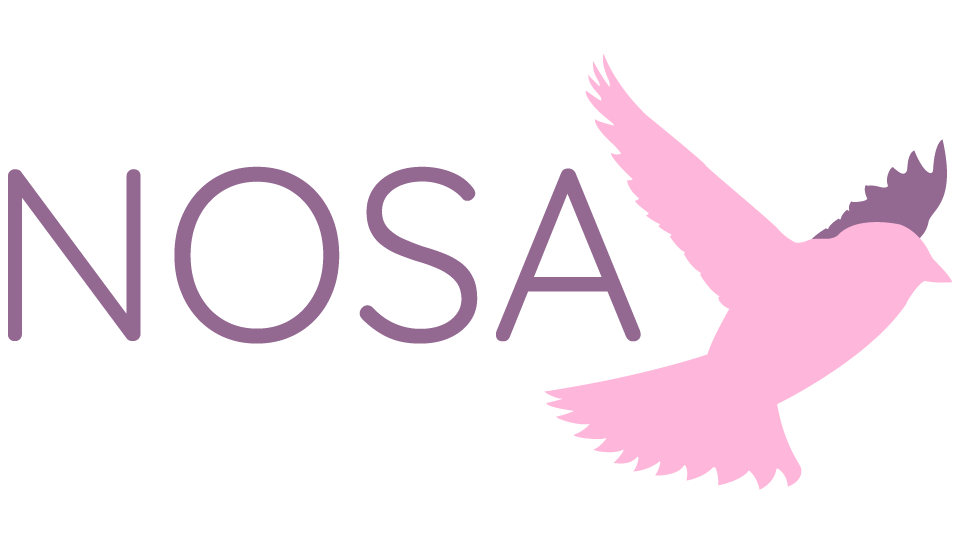specific phobias
therapy and treatment

specific phobias
People develop fears about many things, some are very common and others quite unique, but when does a fear become a phobia? A phobia is an irrational fear of a situation or object that causes an extreme anxiety response. This response can be quite severe and include symptoms related to panic (e.g. racing heart, sweating, feeling dizzy, shaking etc). This is because the brain has interpreted the fear as a threat to the person's existence and is therefore triggering the body's survival instincts. The impact of specific phobias can vary but is often underestimated both clinically and in general. For most, they can avoid their phobias and will not require treatment. However, for some their problems will impact heavily on their ability to engage with day-to-day life.
common specific phobias
Phobias come in many forms, but the symptoms they display share common themes. Some examples of common phobias can be found below, but NOSA can help no matter the phobia you're living with.
emetophobia (fear of vomiting)
Emetophobia is a prolific problem that is estimated to affect up to 8% of the population. It can be triggered by a fear of oneself vomiting and/or witnessing someone else vomit. People who suffer from this problem can often have issues related to being in control. If left untreated, avoidance behaviours associated with this phobia can cause significant problems related to completing daily living tasks.
animal phobias
Animal phobias are the most common of all phobias, with a prevalence of up to 12% of the population. Some of the most prevalent fears include spiders, snakes, rats and dogs. For most people, they will be satisfactorily able to avoid their fear, meaning they do not require treatment. However, for some this may not be an option.
blood-injection-injury phobias
This phobia includes the fear of seeing blood, taking an ejection, receiving medical interventions, going to hospital and visiting the dentist. It is a particularity impacting phobia, as it often prevents people from receiving medical attention. People who experience this phobia sometimes worry that they will faint if they come into contact with their fears. For some, they may have experience of this happening.
natural environment phobias
Natural environments include heights, storms, water and the dark. A fear of heights is perhaps the most common of these and can present real problems for people. For example; crossing a high bridge to get to work daily, can be a very challenging situation for some.
situational phobias
These phobias are any fear triggered by a specific situation (e.g. flying, driving and going through tunnels). It also includes claustrophobia, which is a fear of enclosed spaces. Situational phobias can inhibit people from carrying out activities they would otherwise engage with (e.g. going on holiday, changing job, taking driving lessons etc).
other phobias
People have been know to develop many kinds of unusual fears that impact negatively on their lives. Some examples of these include; a fear of loud noises, balloons, buttons, plants and clocks.
treatment for specific phobias
Many people believe that they will always have to live with their phobia. It is often believed that phobias are untreatable. This is not the case. In fact, the interventions used to treat phobias have a very high success rate.
At NOSA (where possible) we use a one-session treatment method for specific phobias. This is a highly effective treatment based on Cognitive Behavioural Therapy (CBT) techniques. It involves treating the phobia in one extended period (usually up to four hours long), followed by short weekly review sessions.
If interested in finding out more about our treatments, please contact us using the information included on this website.

